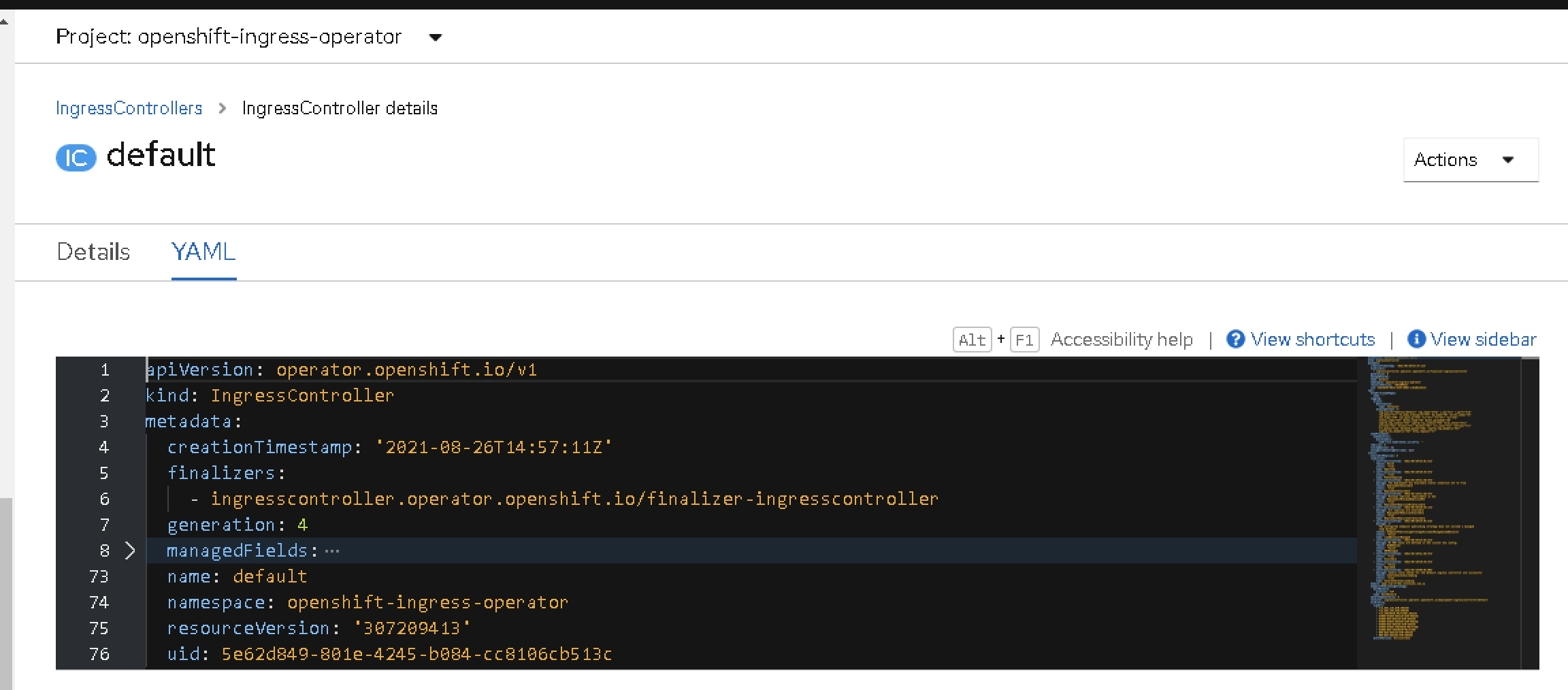Pon algo de cerebro cuando una ruta no funciona como se espera, o tus consumidores no pueden acceder al servicio
Todos sabemos que Openshift es una distribución de Kubernetes excepcional y una de las más utilizadas, principalmente cuando se habla de implementaciones en la nube privada. Basado en la sólida reputación de Red Hat Enterprise Linux, Openshift pudo crear un producto sólido que se está convirtiendo casi en un estándar para la mayoría de las empresas.
Proporciona muchas extensiones del estilo de Kubernetes Vanilla, incluyendo algunos de los estándares de la industria de código abierto como Prometheus, Thanos y Grafana para el monitoreo de métricas o la pila ELK para la agregación de registros, pero también incluye sus extensiones como las Rutas de Openshift.
Las Rutas de Openshift fueron la solución inicial antes de que el concepto de Ingress fuera una realidad dentro del estándar. Ahora, también se implementa siguiendo ese patrón para mantener la compatibilidad. Está respaldado por HAProxy, uno de los proxies inversos más conocidos disponibles en la comunidad de código abierto.
Una de las partes complicadas por defecto es saber cómo depurar cuando una de tus rutas no funciona como se espera. La forma en que creas rutas es tan fácil que cualquiera puede hacerlo en unos pocos clics, y si todo funciona como se espera, eso es genial.
Pero si no es así, los problemas comienzan porque, por defecto, no obtienes ningún registro sobre lo que está sucediendo. Pero eso es lo que vamos a resolver aquí.
Primero, hablaremos un poco más sobre cómo se configura esto. Actualmente (versión 4.8 de Openshift), esto se implementa, como dije, usando HAProxy por defecto, así que si estás usando otra tecnología como ingresses como Istio o Nginx, este artículo no es para ti (pero no olvides dejar un comentario si un artículo similar sería de tu interés para que también pueda llevarlo al backlog 🙂 )
Desde la perspectiva de la implementación, esto se implementa usando el Marco de Operadores, por lo que el ingreso se despliega como un Operador, y está disponible en el espacio de nombres openshift-ingress-operator.

Entonces, como esto es un operador, se han instalado varias Definiciones de Recursos Personalizados (CRD) para trabajar con esto, una de las más interesantes de este artículo. Este CRD es Controladores de Ingreso.

Por defecto, solo verás una instancia llamada default. Esta es la que incluye la configuración del ingreso que se está desplegando, por lo que necesitamos agregar aquí una configuración adicional para tener también los registros.

El fragmento que necesitamos es el que se muestra a continuación bajo el parámetro spec que comienza la definición de la especificación del IngressController en sí:
logging:
access:
destination:
type: Container
httpLogFormat: >-
log_source="haproxy-default" log_type="http" c_ip="%ci" c_port="%cp"
req_date="%tr" fe_name_transport="%ft" be_name="%b" server_name="%s"
res_time="%TR" tot_wait_q="%Tw" Tc="%Tc" Tr="%Tr" Ta="%Ta"
status_code="%ST" bytes_read="%B" bytes_uploaded="%U"
captrd_req_cookie="%CC" captrd_res_cookie="%CS" term_state="%tsc"
actconn="%ac" feconn="%fc" beconn="%bc" srv_conn="%sc" retries="%rc"
srv_queue="%sq" backend_queue="%bq" captrd_req_headers="%hr"
captrd_res_headers="%hs" http_request="%r"
Esto hará que se despliegue otro contenedor en los pods del enrutador en el espacio de nombres openshift-ingress siguiendo el patrón sidecar llamado logs.

Este contenedor imprimirá los registros de las solicitudes que llegan al componente de ingreso, por lo que la próxima vez que tu consumidor no pueda llamar a tu servicio, podrás ver las solicitudes entrantes con todos sus metadatos y saber al menos qué está haciendo mal:

Como puedes ver, ¡simple y fácil! Si ya no lo necesitas, puedes eliminar la configuración nuevamente y guardarla, y la nueva versión se implementará y volverá a la normalidad.





